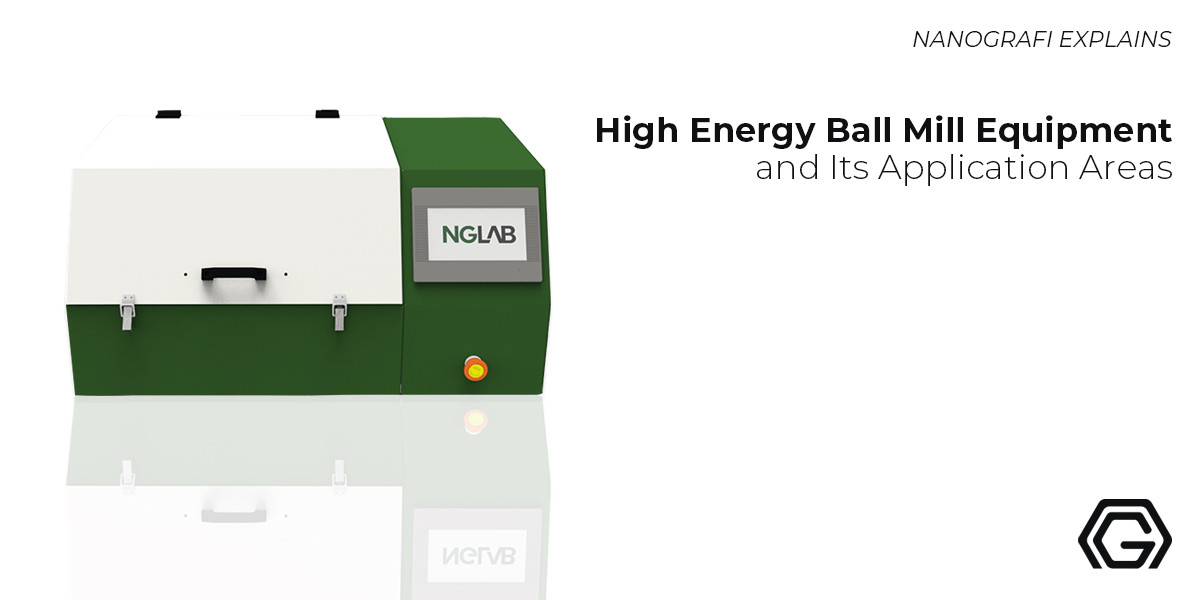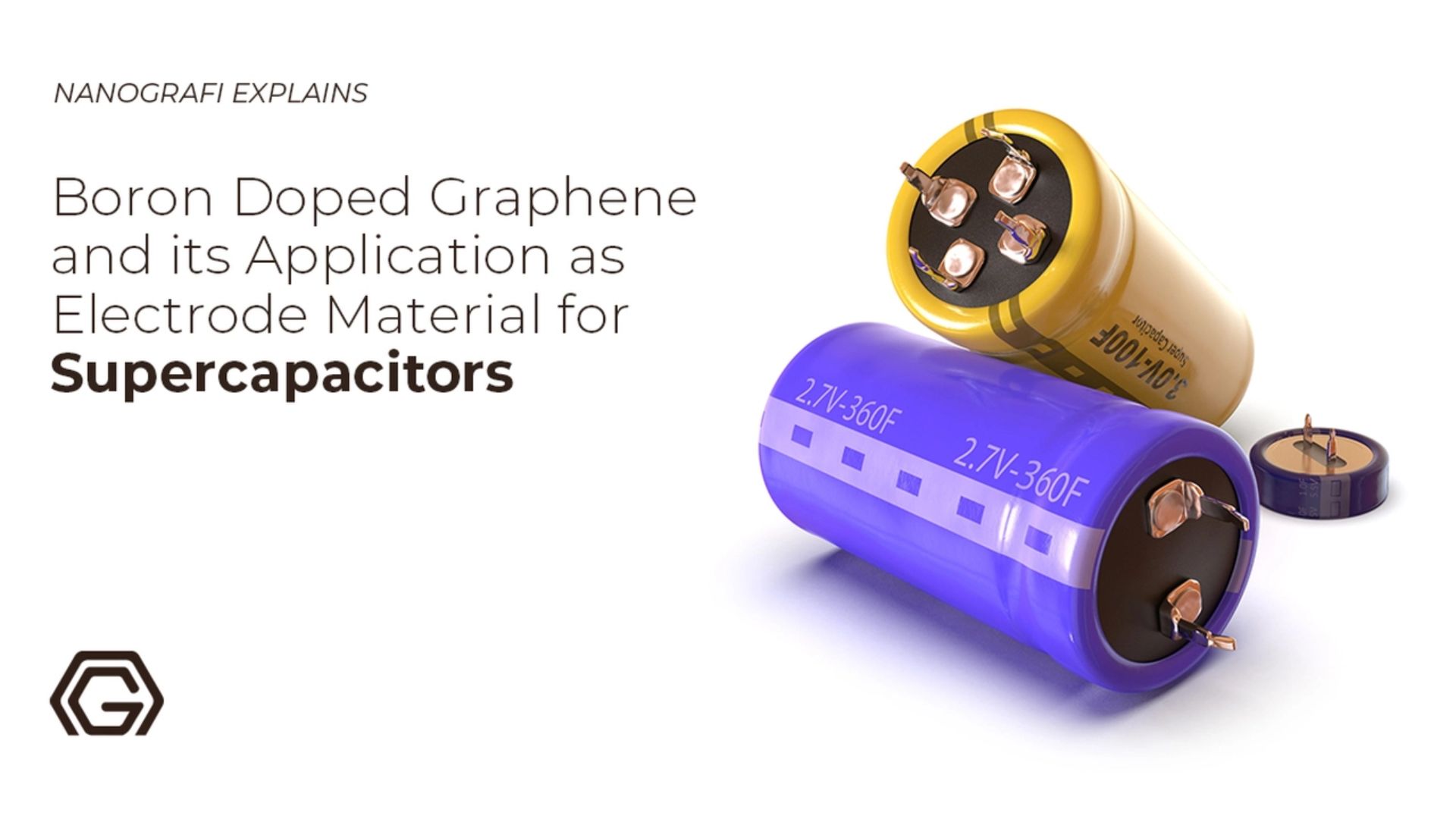High Energy Ball Mill Equipment and Its Application Areas
A ball mill is basically one of the types of a grinder which is in the form of a cylindrical-shaped device for fulfilling the purpose of mixing different types of materials including ores, chemicals, and different types of raw materials. These work on the mechanics of rotation and make the process of mixing go by smoothly and efficiently.
There are different equipment that is used to make an efficient high-energy ball mill because the equipment involved is rich in its characteristics and enables a better working environment. There are different application areas as well which have massively increased over time owing to the excellent growth that the high energy ball mills have provided to the industries that they become a part of.
Introduction
A grinder type, a ball mill, is a cylindrical device that’s utilized in mixing (or grinding) materials like paints, ceramic raw materials, chemicals, and ores. Ball mills are partially filled with the material that will be grind plus the grinding medium. Stainless steel balls, flint pebbles, and ceramic balls are included among the different materials that are utilized as media. Material is reduced to a fine powder through an internal cascading effect. There can be a continuous operation of the industrial ball mills, that are fed at one end and discharged at the other.
Small-sized ball mills are made up of a cylindrical capped container that sits on two drive shafts (belts and pulleys are utilized for transmitting rotary motion). Although, the medium- to large-sized ball mills are mechanically rotated on their axis. The same principle is used by a rock tumbler. There is also usage of the ball mills in manufacturing black powder and pyrotechnics, but they can't be used to make some pyrotechnic mixtures like flash powder due to their impact sensitivity. Mixture particles can be ground to as small as 5 nm by the high-quality ball mills and they are potentially expensive, and also significantly increase reaction rates and surface area.
Principles of Grinding
Grinding functions on the critical speed principle. Critical speed is also known as the speed after which the steel balls start rotating along the cylindrical device's direction, therefore leading to no more grinding. In this process, the steel balls are responsible to grind the particles. There is extensive usage of the ball mills in the mechanical alloying process in which the ball mills are utilized for cold welding and grinding, forming alloys from powders.
Key equipment
When it comes to grinding the crushed materials, the key piece is the ball mill. Ball mill is utilized broadly in manufacturing powders like glass ceramics, fertilizer, refractory material, silicates, cement, etc., also for non-ferrous and ferrous metal’s ore dressing. Ores and other various materials whether dry or wet can be ground by the ball mill. Ball mills are of two kinds depending on their kinds of discharging material: overfall type, and grate type. Grinding media of various kinds are appropriate to be used in ball mills, each material has its own particular benefits and characteristics. Composition, hardness, density, and size are the main characteristics of the grinding media.
Size
The size of the media particles determines the size of the particle of the final product so if the media particles are small, the particle size of the final product will also be small. As compared to the largest pieces of material that need to be ground, the size of the grinding media particles must be considerably larger.
Density
As compared to the material that will be ground, the media must be denser. If there is a floating grinding media on the material’s top that needs to be ground then it is a problem.
Hardness
The durability of the media should be enough for grinding the material, but it also shouldn't be so tough that the tumbler gets worn off by it.
Composition
- There are special requirements for the numerous grinding applications. Some requirements depend on the reaction of the media to the material that's being ground whereas some depend on the grinding media that is in the finished product.
- The grinding media’s material and color should be considered wherever the finished product’s color is significant.
- The selection of grinding media should be done on the basis of separating easily from the finished product (for instance, steel dust made from stainless steel media can be separated magnetically from the non-ferrous products) if the low contamination is significant. Another alternative to separation is using the same material's media as the product that's being ground.
- In powder form, the flammable products possess the capability to turn explosive. There are chances of the sparking of the steel media, which turns into a source of ignition for such products. The non-sparking media like lead or ceramic, or wet-grinding media should be chosen.
- Some media like iron has the chance of forming a reaction with corrosive materials. During grinding, when the corrosive substances are present, there is a chance of utilization of each flint, ceramic, or stainless steel grinding media for this reason. An inert shield gas can also fill up the grinding chamber as it doesn't cause any reaction with the material that's being ground, for preventing explosions or oxidation reactions that have a chance of taking place with ambient air inside the mill.
Working
When it comes to the continuously operated ball mill, a 60-degree cone is used to feed the material to be ground from the left, and a 30-degree cone is used to discharge a product from the right. The balls are lifted up on the shell's rising side as the shell rotates, and they then cascade down from near the shell's top. When this happens, the impact leads to the reduction in the size of the solid particles in between the ground and the balls.
Varieties
A planetary ball mill is a ball mill's second type other than the common ball mill. As compared to the common ball mills, the planetary ball mills are smaller in size. The common usage of the planetary ball mills is in laboratories to grind the sample materials down to extremely small sizes. At least one grinding jar is there in a planetary ball mill and its arrangement is done eccentrically on a well-known sun wheel.
In comparison with the grinding jars' direction of movement, the sun wheel's direction of movement is opposite (ratio: 1:−1 or 1:−2). In grinding jars, the grinding balls are subjected to the well-known Coriolis forces which are superimposed rotational movements. An interaction between the impact and frictional forces is produced by the speed difference between the grinding jars and the balls. High dynamic energies are also released because of that interaction. An extremely effective and high degree of planetary ball mill size reduction is produced because of the interplay between these forces.
Ball mill’s benefits
As compared to the other systems, various benefits are possessed by ball milling. Grinding medium's and installation's cost is low. If you adjust the ball's diameter, you can adjust the fineness and the capacity. It is appropriate for closed and open-circuit grinding. It is appropriate for both continuous and batch operation. It's also suitable for materials possessing hardness of all degrees.
High Energy Ball Milling Equipment
Currently, the major key in the development of innovative products is the effort in nanotechnology and it is of great significance for the purpose of attaining nano-sized and ultrafine materials. Various techniques like high energy milling and making such materials can be utilized for attaining the particles in this region.
Planetary ball mill
In various laboratories, the Retsch owned planetary ball mill is a significant research tool and they want to attain finely submicron materials, ground sample particles, and mechanical alloying. For the grinding applications, the historical “go-to” instrument is the planetary ball mill.
Customers with small samples
The optimal choice for the customers with small samples needing finely ground material is the Retsch mixer mills. They can process the small sample quantities in comparatively less time into a fine powder. These units are also utilized in various research facilities for these homogenizing needs. In the mechanochemistry research area, there has been an often usage of the Retsch mixer mills as such applications need such grinding energy and sample size, making them ideal for such applications.
Emax-a type of high energy ball mill
A high-energy ball mill is released by the newly designed EMAX and it brings a new method/technology to the laboratory in which samples are prepared. The design of the EMAX is especially for high-energy ball milling. EMAX possesses high rom levels too. 2000 rpm of variable speed drive is featured by it, and it also features an internal water cooling system that is capable of adapting to an external chiller, which removes downtime from overheating. Also, a special motion and grinding jar is possessed by the EMAX with these functional performance characteristics, optimizing the force and grinding energy for achieving nano-sized and ultrafine materials.
Industry leader
In preparation of samples, Retsch is an industrial leader. It takes pride in keeping and continuously making its product portfolio for meeting its customer’s needs and demands. Retsch is continuing to address the needs and applications of the customers with a team that's full of trained applications specialists.
Common usage of planetary ball mills
There is frequent usage of the Planetary Ball Mills in laboratories all over the world, for both R&D and quality control. Their reputation can make them the best mills for grinding the brittle to semi-hard samples to extremely fine particles in less than 100 µm of nanometer range. The characteristics of the sample always determine this. Although, several hours can be spent on such grinding processes. It completely depends on the sample material.
The chance of attaining the actual nano-sized particles increases with increasing energy input and increasing speed. However, such increases also lead to the risk of an increase in pressure and warming inside the grinding jars. Interruption of the grinding process and working with the cooldown breaks is a practical solution for avoiding the problem, particularly for the materials that are temperature-sensitive. Although, the total process time is usually increased by this factor.
Energy input
Planetary Ball Mills' energy input is also limited because of the forces and warming effects inside the machines. All materials can't be ground to the nanometer consequently. The High Energy Ball Mill Emax is made by RETSCH for offering a solution and it can grind the various different substances into particle sizes of less than 100 µm and commonly in times, that's much less as compared to the time that is needed by the other ball mills. The grinding breaks can ideally be skipped altogether and it leads to significant time savings.
Emax’s Working principle
For high-energy milling, Emax is a completely new kind of ball mill. Impact and high friction's unique combination leads to very fine particles within an extremely short processing time. The optimized jar design and 2000 min-1 of extreme speed lead to the high energy input. There is effective usage of the high energy input for the grinding process because of the revolutionary cooling system with water without the sample getting overheated. The sample mixes thoroughly, leading to a narrow particle size distribution because of the special grinding jar geometry in mixture with the jar's circular movement – with a fixed orientation. Two discs turn in the same direction and the supports of the grinding jar are mounted on those two discs.
To get more information about Boron Doped Graphene,
you can read our blog post.
Result
The jars don't change their orientation and move on a circular course as a result. Movement's and jar geometry's interplay leads to strong friction between the jar walls, sample material, and grinding balls, as well as a fast acceleration which is the reason the balls have an impact on the sample with great force at the jar's rounded ends. This majorly enhances the particles getting mixed which leads to smaller grind sizes and a narrower particle size distribution as compared to what has been possible for attaining in the ball mills so far.
As compared to the Planetary Ball Mill, the time needed for attaining a specific particle size is usually less, even in those processes where there is no need for interruptions in the grinding times, because of the more efficient grinding mechanism.
Emax combating cooling interruptions
When a high-energy ball mill is being developed, the main challenge is controlling the temperature in a certain range as the significant size reduction energy results in significant built-up of heat inside the grinding jar. An innovative integrated water cooling system was used by RETSCH to solve this problem. Thus, usually, cooling breaks aren't needed by the Emax which even at low speed are usual for the long-term processes in the conventional ball mills, dramatically lessening the time of grinding. The cooling system uses the jar brackets to cool the grinding jars. This is extremely effective as in comparison to air, heat gets more easily discharged into water.
The user has an option to choose between three cooling modes: other than the internal cooling, we can connect the mill to a tap or a chiller for lessening the temperature more. A great advantage is possessed by the Emax over the Planetary Ball Mills for the temperature-sensitive samples. User is allowed by this software to do the grinding process within a specific range of temperature, i. e. It’s possible to tell a maximum and a minimum temperature. The mill interrupts the grinding process automatically on reaching the maximum temperature and continues it when the jar cools down to the minimum temperature.
Sizes of the particle
The physical and chemical characteristics of the sample always determine the particular material's final size. Quartz or some types of pigments or other brittle and hard samples can be truly ground to a size of nanometer which means D90 is less than 100 nm. Titanium dioxide or barium titanate for instance can be pulverized to D90 < 90 nm. As compared to the Planetary Ball Mill, other way complicated materials, for instance, the lubricant graphite, can be ground to sizes that are way smaller. The Emax in principle reaches final sizes the same or better as compared to that which we achieve in the Planetary Ball Mills.
Emax’s cleaning and using
When Emax was being developed, the main focus was on safety and convenience while it was being operated. Absolute tightness is ensured by the grinding jar lids with the integrated safety closure, in cases of an increase in pressure inside the jar or for wet grinding processes. The lids are screwed onto the jars. There is a quick and easy placement of the grinding jars in the mill and an ergonomic hand wheel is used to clamp it safely. Before the machine is started, Jars' correct position is monitored by a sensor.
There is permanent monitoring of the possible imbalances; the mill automatically stops if the imbalances become too strong and there is a display of the remaining grinding time. The color touchscreen is used to conveniently and quickly set the grinding parameters like temperature control, interval operation, time, or speed. During the total grinding process, the temperature is displayed. Up to 10 grinding programs can be stored by the user for routine operations.
Accessories making high energy ball mills
High Energy Ball Mill is a versatile instrument because of the broad selection of accessories. Tungsten carbide, zirconium oxide, and stainless steel are the three different kinds of materials for grinding jars which ensures the preparation of samples in a contamination-free environment. The availability of tungsten carbide is in a 50 ml jar whereas zirconium oxide and stainless steel are available in 125 ml jars.
A special aeration cover is offered by RETSCH for the grinding jars that are made for applications where the jar should have a special and particular atmosphere maintained. The availability of the grinding balls is seen in zirconium oxide, tungsten carbide, and stainless steel. The material determines the size range from 0.1-15 mm. We can cover a lot of applications by selecting the appropriate ball sizes and numbers. During grinding, there are reactions and processes that are taking place inside the grinding jar, we can monitor and record them by measuring the temperature and pressure continuously.
Applications
There has been the utilization of ball mills for grinding materials like pigments, coal, and feldspar for the pottery. There are two types of grinding, dry or wet. However, the latter takes place at low speed. Explosives blending is a significant example when it comes to the practical application of rubber balls. Solid-state chemical reactivity increases by ball milling for the systems with various multiple components according to the findings. Ball milling has also proven to be effective in producing amorphous materials.
Dispersion of the oxide nanoclusters to strengthen a metallic matrix: oxide-dispersion-strengthened (ODS) alloys
In alloys and metals mechanosynthesis, elements from the solids or organic liquid or the milling atmosphere, are added for controlling the balance between welding and fracturing, which performs an important part in taking milled powders toward a final state and it is different as compared to the final state that is reached by shearing only. Solid, liquid, or gaseous phases bring about elements like hydrogen, oxygen, nitrogen, or carbon, and they can be purposely added for synthesizing compounds like hydrides, oxides, nitrides, and carbides. As an alternate, structures, or the microstructures, can be modified by adding these elements in limited amounts, for example, by nanocluster’s or atom’s inclusion in grain boundaries or grains, and for enhancing the characteristics, most importantly the mechanical characteristics of the ground metallic alloys.
Complex oxides’ mechanosynthesis
Generally, far-from-equilibrium mechanochemical processing is done to make nano oxides and nanostructured oxides. A high volume fraction of structurally disordered regions is possessed by them. They also have a well-known core-shell structure consisting of ordered inner cores (usually known as crystallites or nanocrystalline grains) surrounded by external surfaces (near-surface layers) and disordered internal interfaces (grain boundaries). Mechanochemical routes are used to make heterogeneous nanostructures’ functional characteristics and their structure’s surfaces/interfaces determine their functional characteristics to a huge extent.
Conclusion
High energy ball mills have become an integral part of our industries due to their excellent mixing characteristics which help industries flourish in several ways. This key factor adds to their application areas and also play a role in enhancing their production. High energy ball mill equipment is progressing rapidly as its application areas are increasing owing to the brilliant characteristics that these bring forth.
If you want to obtain more information, you can visit Blografi.
References:
https://www.researchgate.net/profile/Vladimir-Sepelak/publication/230638288_ChemInform_Abstract_Transformations_in_Oxides_Induced_by_High-Energy_Ball-Milling/links/0fcfd506a9f67c61a3000000/ChemInform-Abstract-Transformations-in-Oxides-Induced-by-High-Energy-Ball-Milling.pdf
https://www.labmanager.com/products-in-action/high-energy-ball-milling-equipment-6738
https://www.retsch.com/products/milling/ball-mills/emax/function-features/
https://www.azom.com/article.aspx?ArticleID=15254
https://iopscience.iop.org/article/10.1088/1757-899X/1126/1/012020/pdf
Recent Posts
-
Advanced Materials for Unmanned Aerial Vehicle (UAV) Protection Against Laser
Consider a UAV on a critical mission, rendered inoperative by a sudden laser attack. With the increa …26th Jul 2024 -
Simulation and Modeling of Material Properties
Our world is composed of a dazzling array of materials, each with its own unique properties that dic …19th Jul 2024 -
Advanced Coatings for Superior Corrosion and Wear Resistance
Corrosion and wear pose significant challenges across various industries, leading to substantial eco …12th Jul 2024







